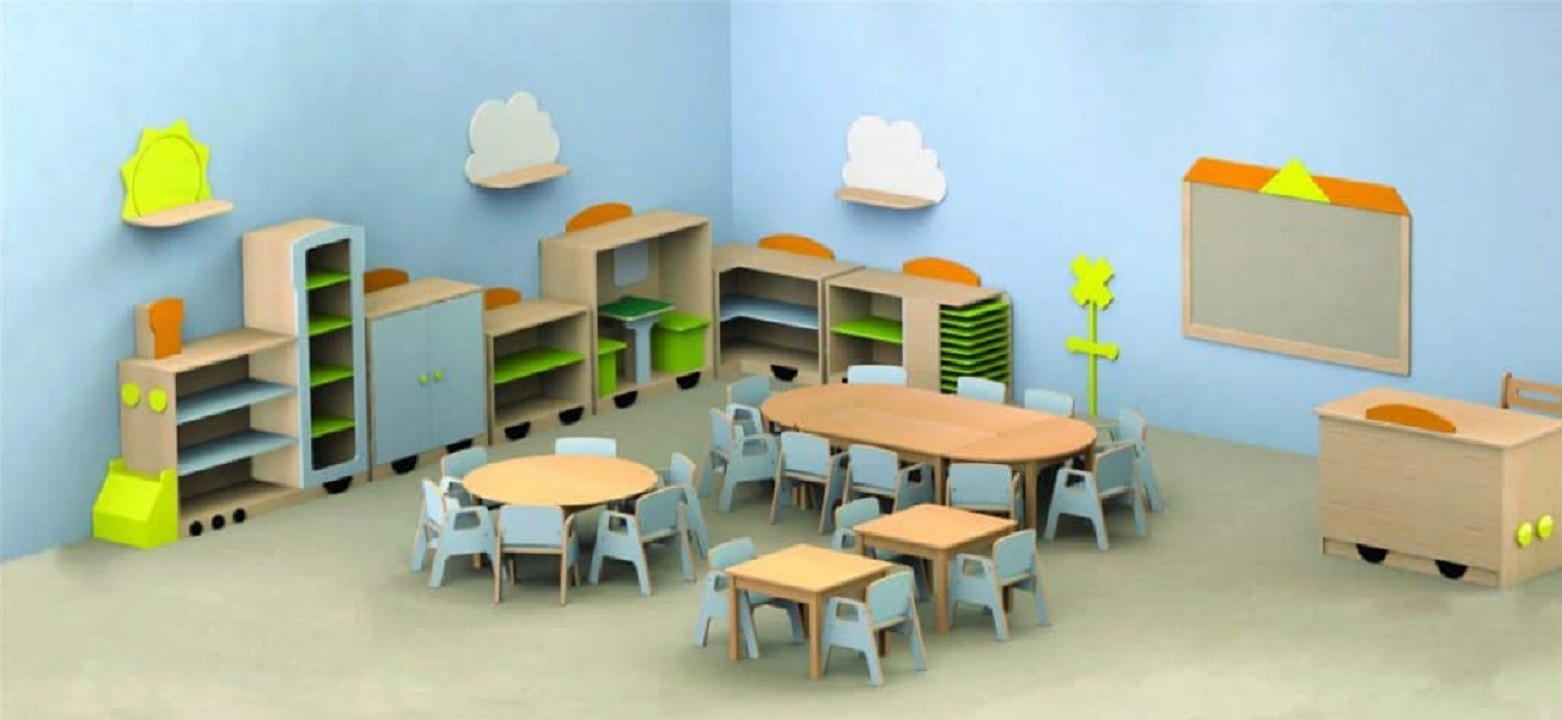The design of a kindergarten classroom is a critical element in creating an environment conducive to early childhood education. This guide explores the key considerations and design principles for selecting and arranging kindergarten classroom furniture, ensuring a space that nurtures young minds. Thoughtful selection of furniture involves considering the developmental needs of children, with ergonomic chairs and appropriately sized tables promoting comfort and proper posture during learning activities.
Additionally, the strategic arrangement of furniture encourages collaborative learning, social interaction, and independent exploration. By incorporating elements that cater to the diverse needs of young learners, from designated reading corners to interactive play areas, the design of the kindergarten classroom becomes a facilitator of holistic development, laying the foundation for a positive and enriching educational experience.
Understanding the Importance of Kindergarten Classroom Furniture
Kindergarten classroom furniture plays a pivotal role in shaping the learning experience for young children. The selection and arrangement of furniture go beyond mere aesthetics; they significantly impact the overall educational environment.
Creating a Stimulating Learning Space
In crafting a kindergarten classroom, the furniture serves as the foundation for a stimulating learning space. Each piece should be chosen with careful consideration of its functionality, durability, and ability to foster a conducive learning atmosphere.
Key Considerations in Choosing Kindergarten Classroom Furniture
When selecting furniture for a kindergarten classroom, several essential factors come into play. Each piece should contribute to an environment that promotes engagement, collaboration, and comfort.
Ergonomics and Child-Friendly Design
Ergonomics is a critical factor in kindergarten furniture selection. Chairs and tables should be designed with the proportions of young children in mind, ensuring comfort and proper support for their developing bodies.
Durability and Safety
Kindergarten classrooms are dynamic spaces where children engage in various activities. Furniture should be durable and able to withstand the rigors of daily use. Safety features, such as rounded edges and non-toxic materials, are paramount.
Versatility for Varied Activities
Flexibility in furniture arrangements allows for seamless transitions between different activities. Furniture that can be easily rearranged or repurposed caters to the diverse learning needs of young children.
Storage Solutions
An organized classroom is essential for an effective learning environment. Adequate storage solutions within furniture, such as cubbies or shelves, contribute to a tidy space where resources are easily accessible.
Arranging Kindergarten Classroom Furniture for Optimal Learning
The arrangement of furniture in a kindergarten classroom plays a crucial role in facilitating learning experiences. Thoughtful placement enhances flow, encourages collaboration, and provides a sense of structure.
Creating Defined Learning Areas
Well-arranged furniture can help delineate specific learning areas within the classroom, such as reading corners, art stations, and collaborative workspaces. This fosters a sense of purpose and engagement among young learners.
Reading Corners
Strategically positioning cozy reading nooks with comfortable chairs or cushions invites children to immerse themselves in books. These designated reading corners provide a quiet space for individual exploration and help instill a love for reading from an early age.
Art Stations
Arranging tables and chairs in designated art stations encourages creativity and self-expression. By clustering art supplies in easily accessible storage units, educators facilitate a seamless transition to creative activities, allowing children to explore their artistic inclinations.
Collaborative Workspaces
Group tables strategically positioned in collaborative workspaces promote interaction and teamwork. These areas are conducive to group projects, discussions, and hands-on learning experiences, fostering a sense of community among young learners.
Maximizing Natural Light and Movement
Consideration should be given to the placement of furniture in relation to natural light sources and the encouragement of movement. A well-lit and dynamic classroom promotes a positive and energized learning atmosphere.
Personalized Learning Corners
Recognizing the diverse learning needs of individual students, educators can create personalized learning corners within the classroom.
